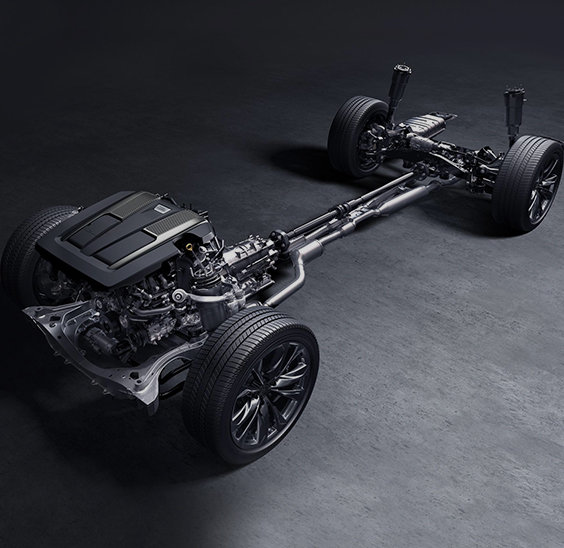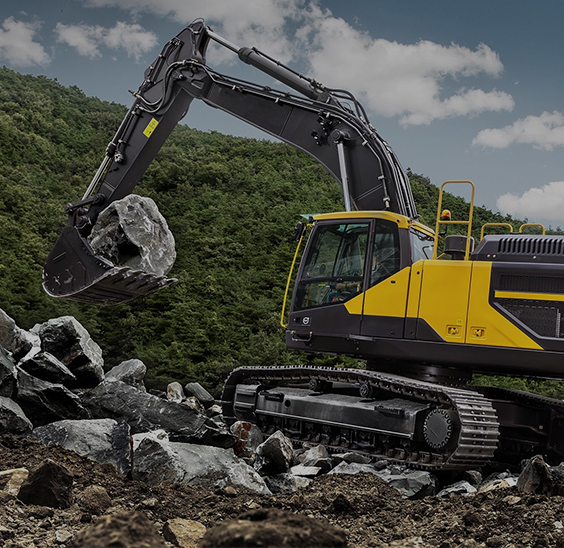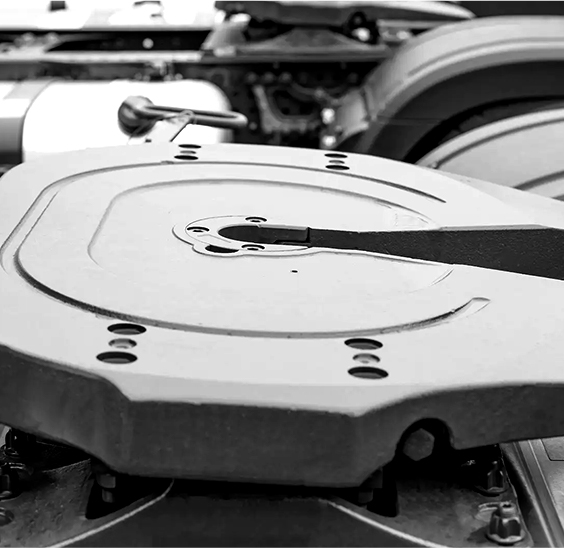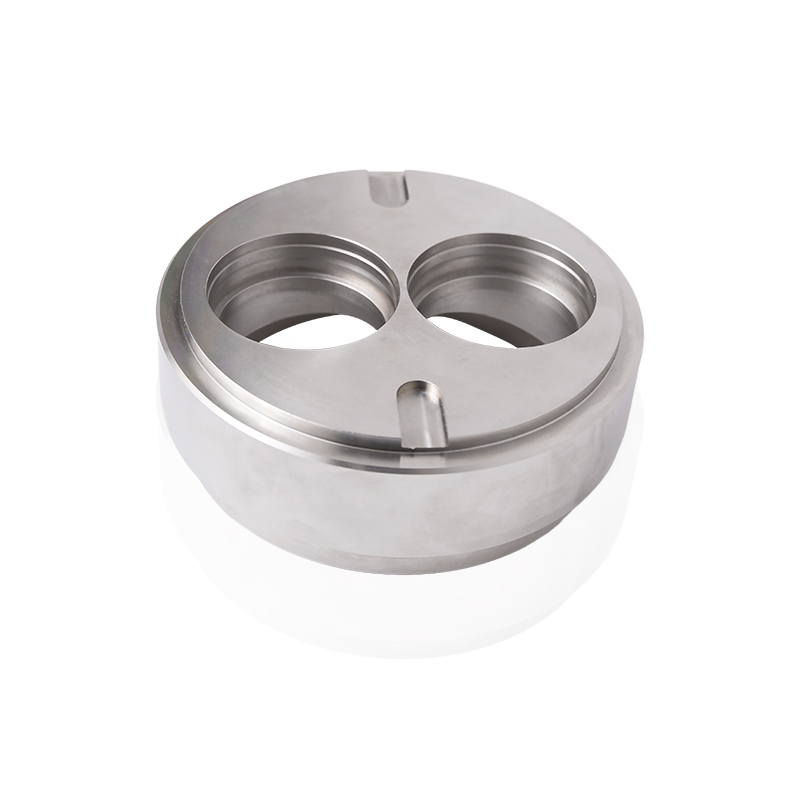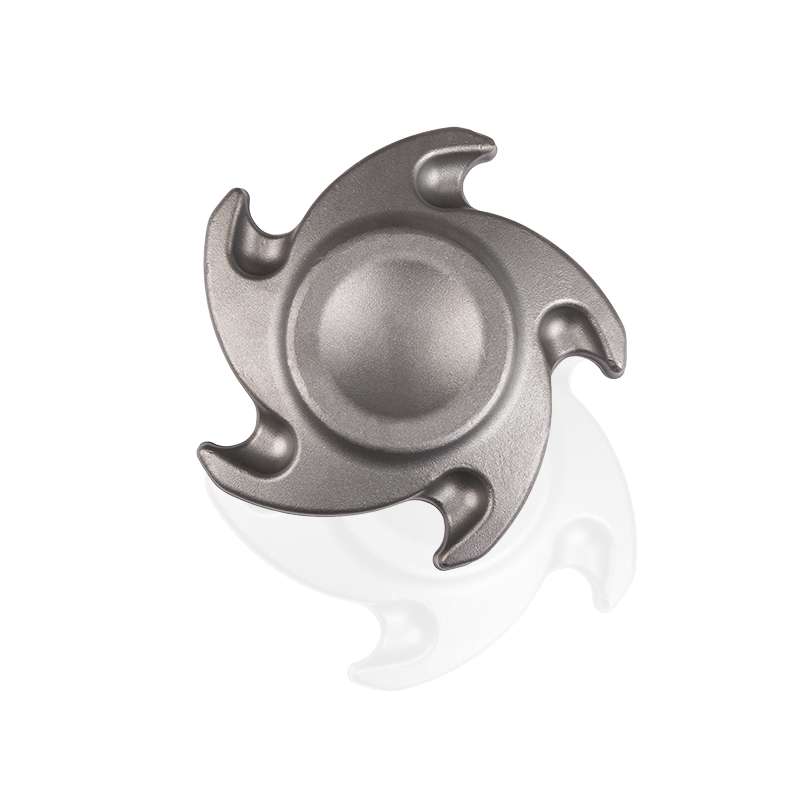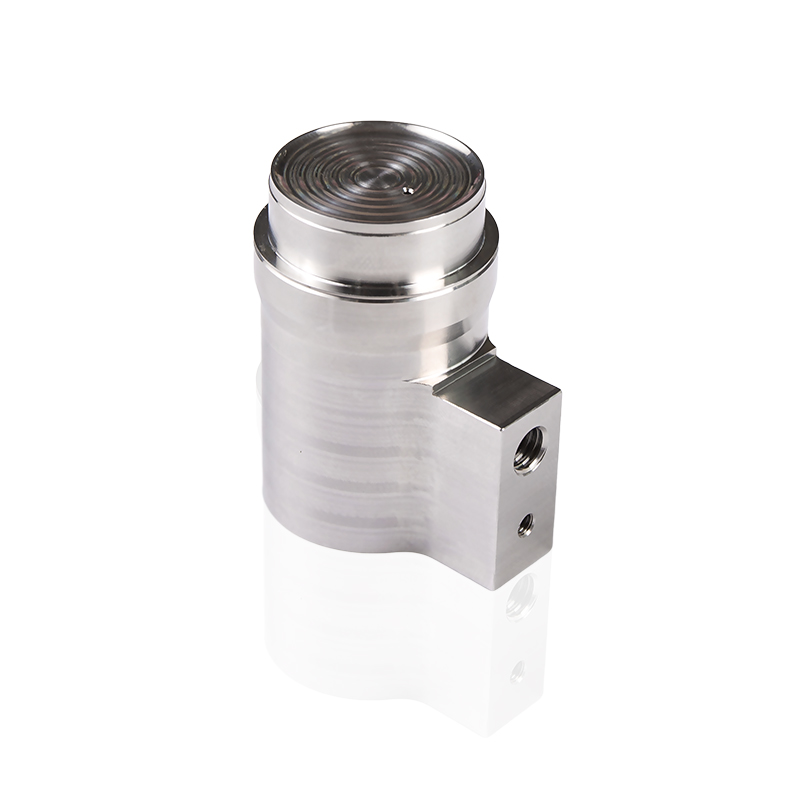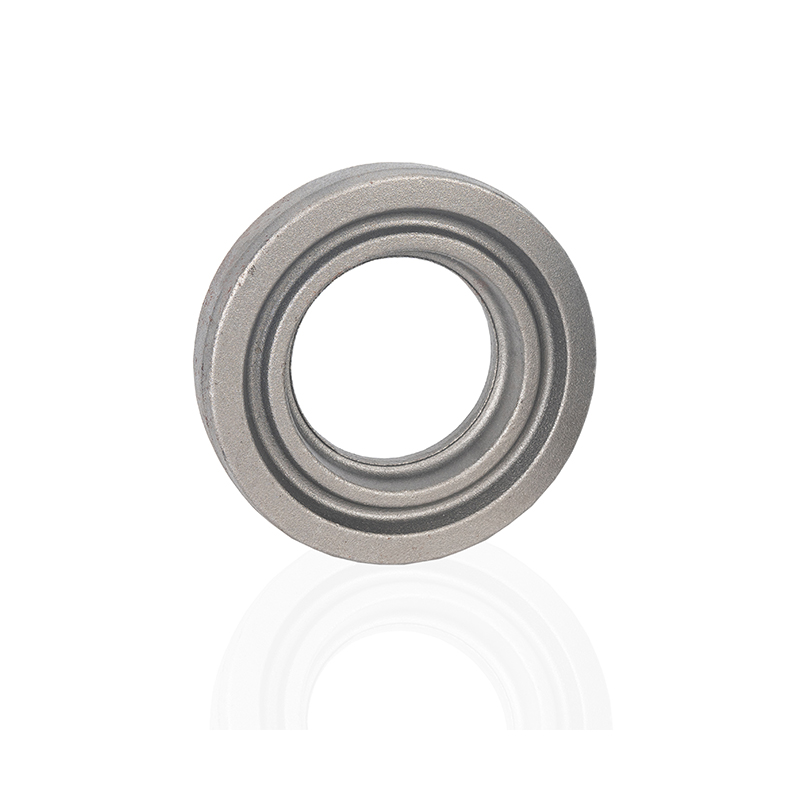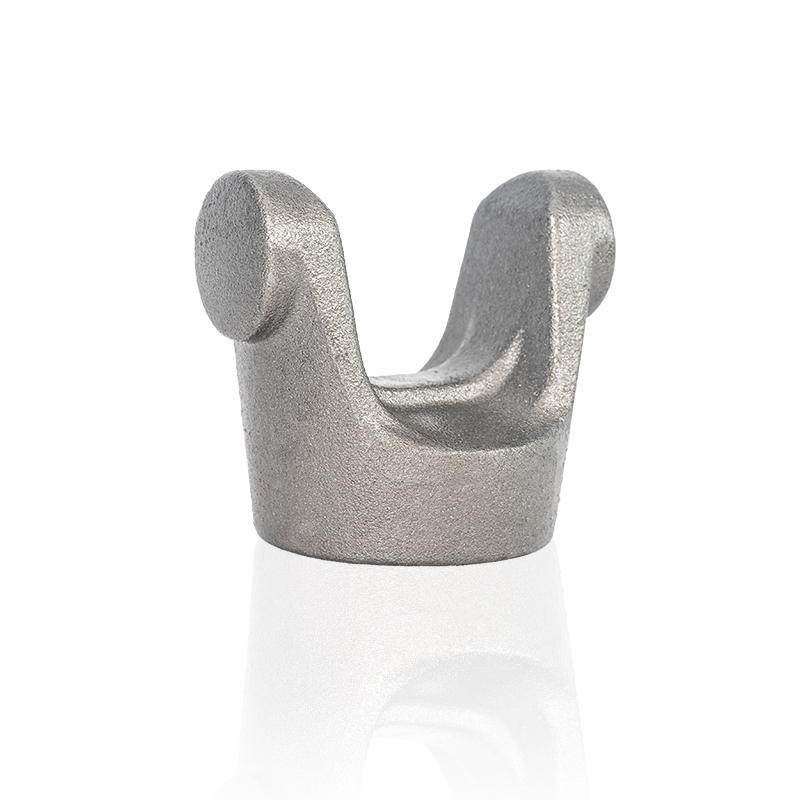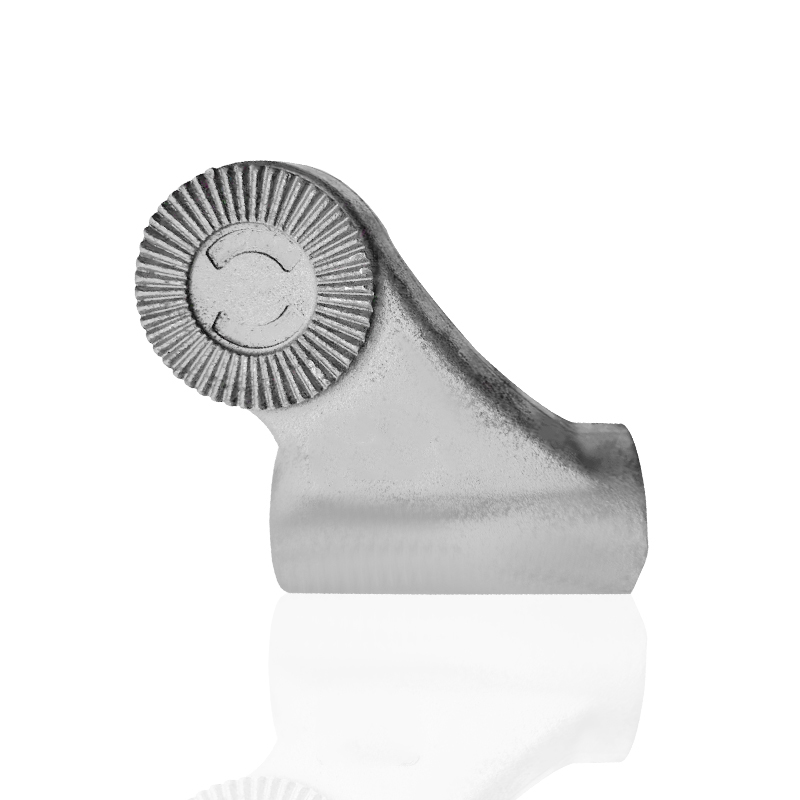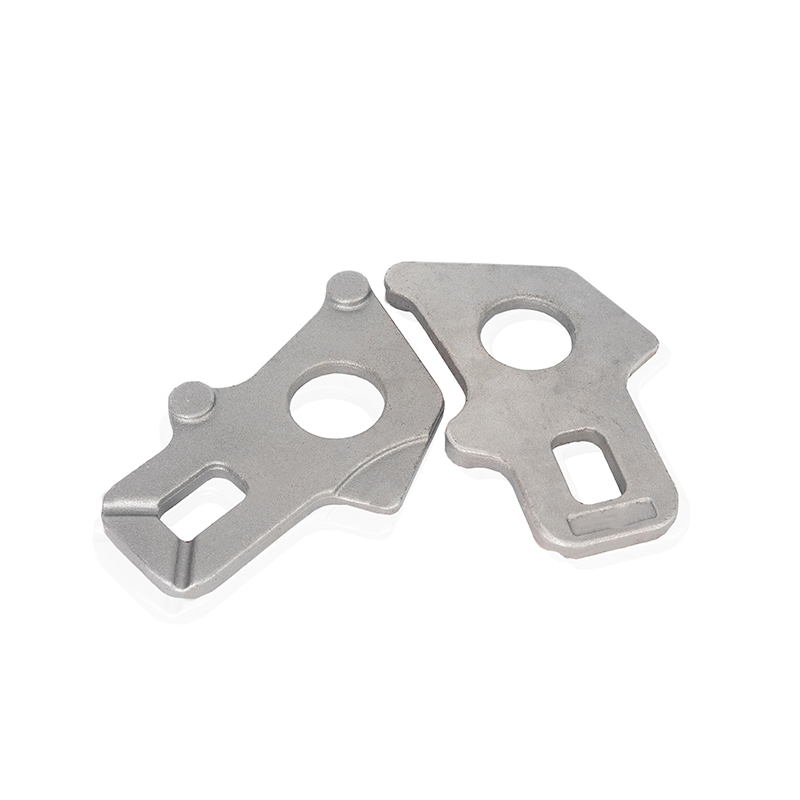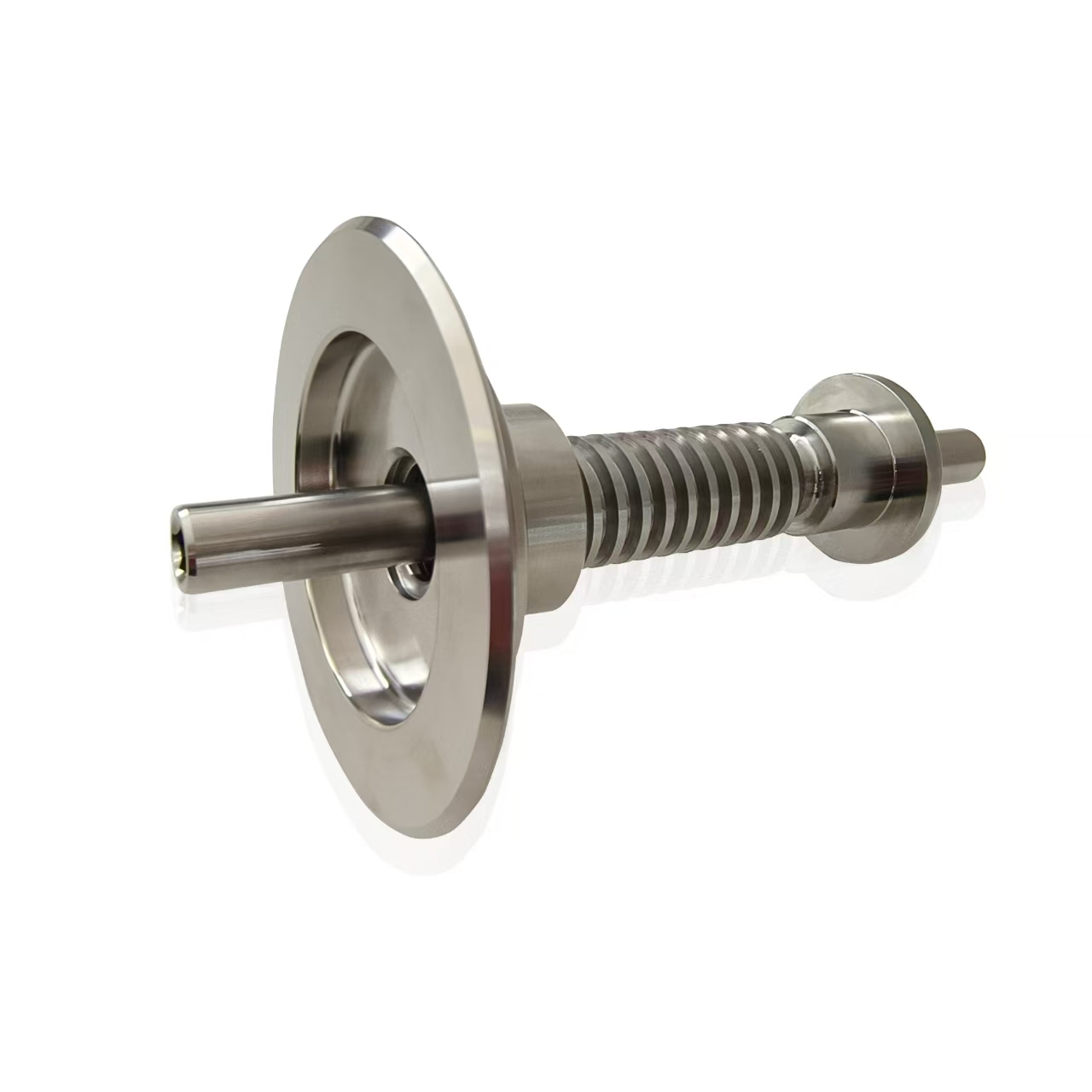What Color Is Stainless Steel? Appearance, Finishes & Matching
 2025.11.14
2025.11.14
 Industry news
Industry news
Quick answer: the typical color of stainless steel
Stainless steel most commonly appears as a neutral silver-gray or metallic silver. That basic “stainless” look ranges from bright mirror-like silver to muted matte gray depending on alloy, surface finish and any applied coatings. Although often described simply as “silver,” stainless steel can show subtle hues (warm or cool gray, straw/brown or blue tint) when processed or exposed to heat or coatings.
Why stainless steel looks silver/gray
Three practical physical reasons determine stainless steel’s visible color: its metallic base, the thin passive chromium-oxide film on the surface, and the surface finish (polish, brush, blasted, etc.). The metal’s free electrons reflect light broadly across visible wavelengths, producing a neutral metallic appearance. The passive oxide is extremely thin (nanometers) and generally does not introduce a strong color — instead it improves corrosion resistance while keeping the silver look.
Chromium oxide passive layer
Stainless steel contains chromium. Chromium forms a very thin, transparent oxide layer almost immediately when exposed to air. That layer prevents rust and remains nearly colorless at room temperature, so you still perceive the reflective metal beneath as silver/gray.
Role of alloy and polishing
Different alloys (e.g., 304, 316, 430) have small variations in base tone because of nickel, molybdenum and other elements. More importantly, mechanical finishing — mirror polish vs. satin brushed vs. bead blast — changes how light scatters and therefore whether the surface looks bright silver, soft gray, or almost matte.
Common stainless finishes and how they affect color
Below are typical factory finishes and the color/appearance you can expect. Use this for specification, procurement, or design decisions.
| Finish | Typical appearance / color | Common uses |
| Mirror polish (No. 8) | Bright, highly reflective silver | Decorative trim, appliances |
| Brushed (No. 4) | Soft silver with linear grain; less reflective | Elevator panels, kitchen appliances |
| Bead-blasted / matte | Uniform, muted gray/satin appearance | Architectural panels, outdoor use |
| Heat-tinted / flame-treated | Yellow, brown, purple, blue tints (thin oxide colors) | Weld heat zones, decorative accents |
| Coated / PVD | Gold, black, bronze, blue — intentional metallic colors | Jewelry, architectural hardware, high-end appliances |
How stainless steel color changes: practical treatments and results
You can intentionally or accidentally change the visible color of stainless steel. Below are common mechanisms and what to expect.
- Mechanical finishing — polishing brightens and produces a cooler, mirror-silver look; brushing gives a warmer, subdued gray.
- Electropolishing and passivation — remove surface contamination and microscopically smooth the surface; color remains silver but with higher luster and more uniform appearance.
- Heat tinting — local heating (welds, torches) forms thicker oxides that produce straw, brown, purple or blue hues; these may be cleaned off or left for decorative effect.
- PVD and coatings — physical vapor deposition (PVD) and durable ceramic coatings allow commercial production of gold, black, bronze, and colored metallic finishes while maintaining corrosion resistance when done correctly.
- Surface contamination or staining — chlorides, iron particles and other contaminants can produce localized discoloration (brown or black spots) that are not true changes to the steel color but appear as stains.
Practical design and procurement tips (how to match or specify color)
When you need a consistent stainless look across different suppliers, avoid saying only “stainless” — specify alloy, finish designation, and, where necessary, coating type. Always request physical samples or full-size mockups, and consider lighting and adjacent materials when matching perceived color.
Quick checklist for consistent results
- Specify alloy (e.g., 304 vs. 316) and finish (No. 4 brushed, No. 8 mirror, bead blasted).
- Request vendor finish samples and verify in the installation lighting.
- If color coating (PVD) is used, request adhesion and corrosion test data.
- Avoid mixing mirror and heavily brushed pieces in visible runs — they read as different “colors.”
Approximate color samples (RGB / HEX) for design mockups
Design tools often require RGB or HEX values. These are approximate, representative values for digital mockups only — real metal always varies by finish and lighting. Use samples for final approval.
| Finish | Approx. HEX | Notes |
| Bright mirror | #C8C8C8 | Highly reflective; highlights depend on environment |
| Brushed / satin | #AEAEAE | Warm neutral gray with grain |
| Matte / bead blasted | #9A9A9A | Low reflectivity, consistent gray |
| PVD bronze | #A67C52 | Decorative colored metal finish |
How to verify the color on site
For acceptance and QA use these practical steps: compare installed material to approved samples under the same lighting; check reflected color from surroundings; use a spectrophotometer or colorimeter for critical projects; inspect welded areas for heat tinting and treat if unacceptable.
Care and maintenance to preserve the stainless color
Preserving the intended stainless color is largely about cleaning and avoiding damaging agents. Routine cleaning with mild detergent and a soft cloth keeps finishes uniform. Avoid abrasive steel wool (introduces iron contamination) and concentrated chloride cleaners (can pit stainless). For colored coatings, follow supplier instructions to avoid stripping the coating.
- Daily: wipe with mild soap and water, rinse, dry to avoid water spots.
- Periodic: use non-abrasive stainless cleaners and a soft microfiber cloth along the grain for brushed finishes.
- Avoid: chloride bleach, gritty scouring pads, or leaving dissimilar metals in contact.
Summary — practical takeaway
“Stainless” is fundamentally a silver-gray metal, but the final perceived color depends strongly on alloy, finish, surface treatment and lighting. When color consistency matters: specify alloy and finish, request physical samples, and consider coatings (PVD) if you require colored metallic tones. Use the hex approximations only for digital mockups and rely on physical approvals for the actual product.


